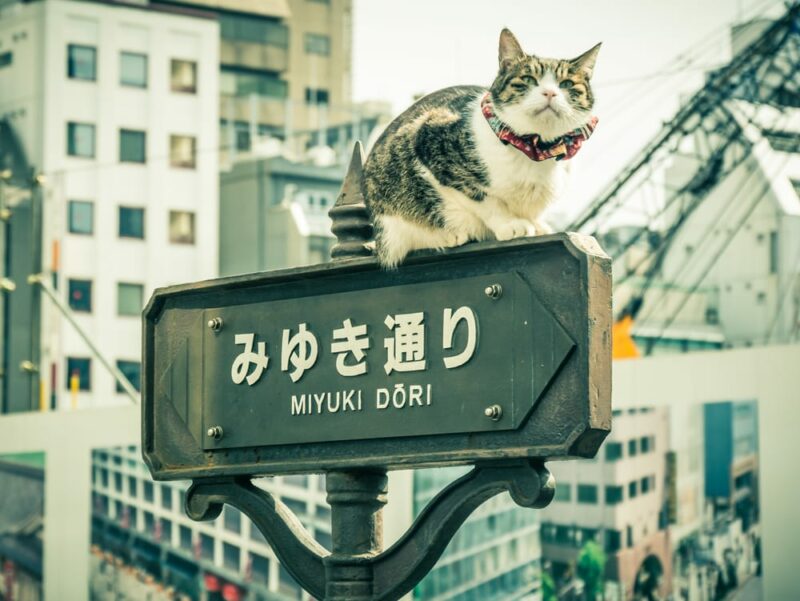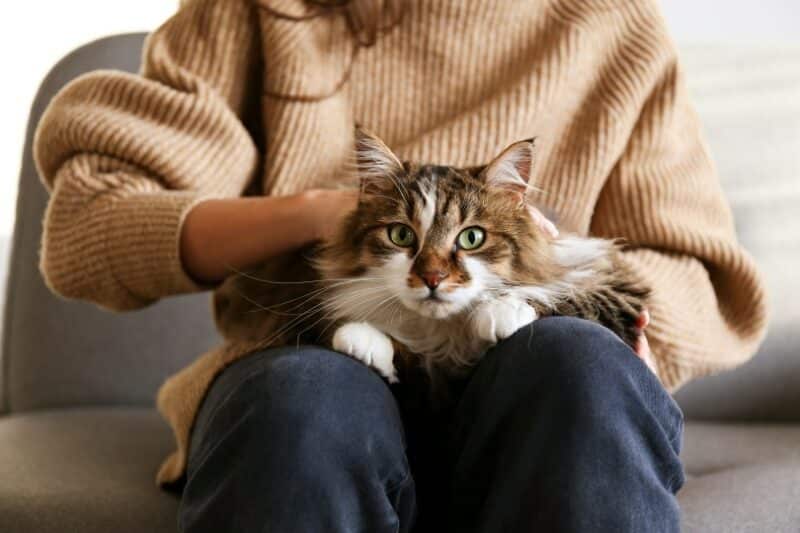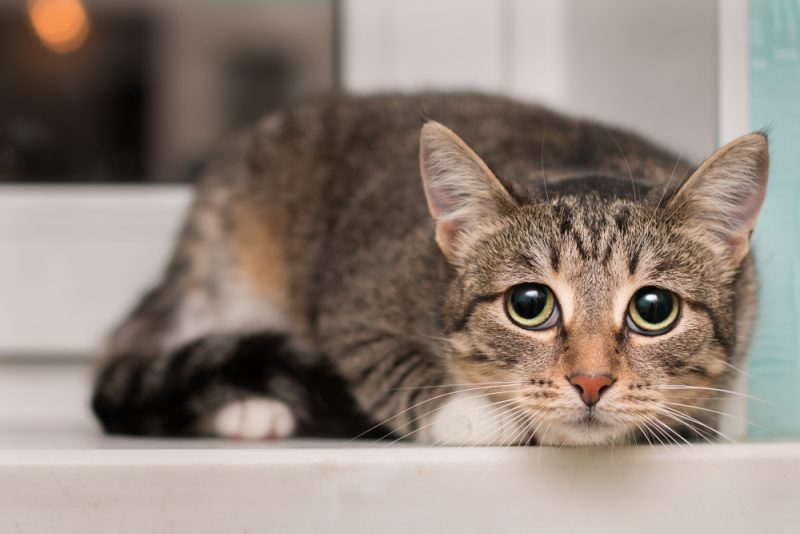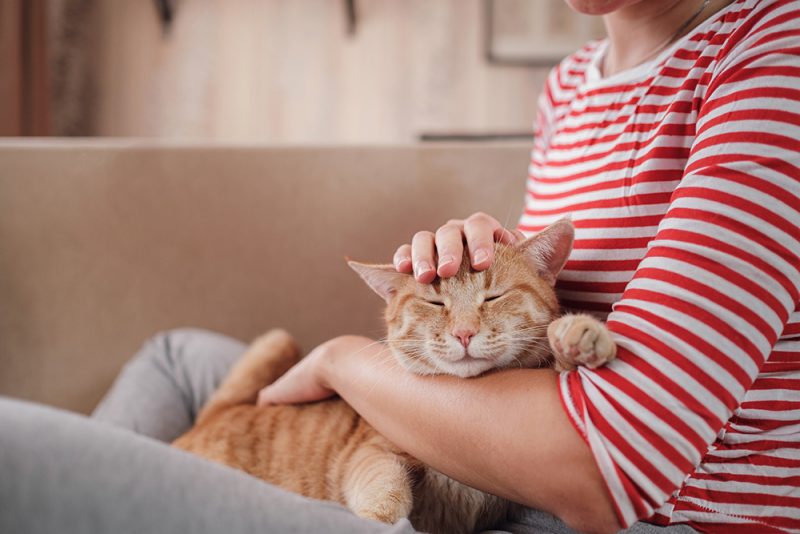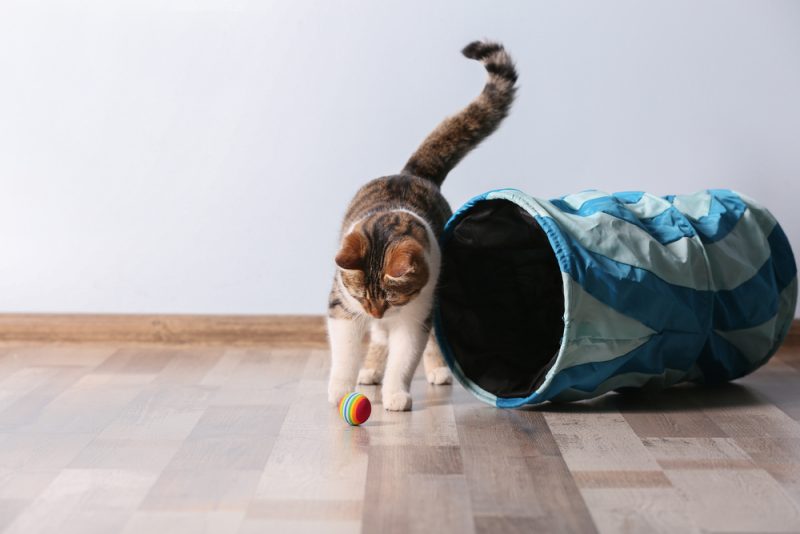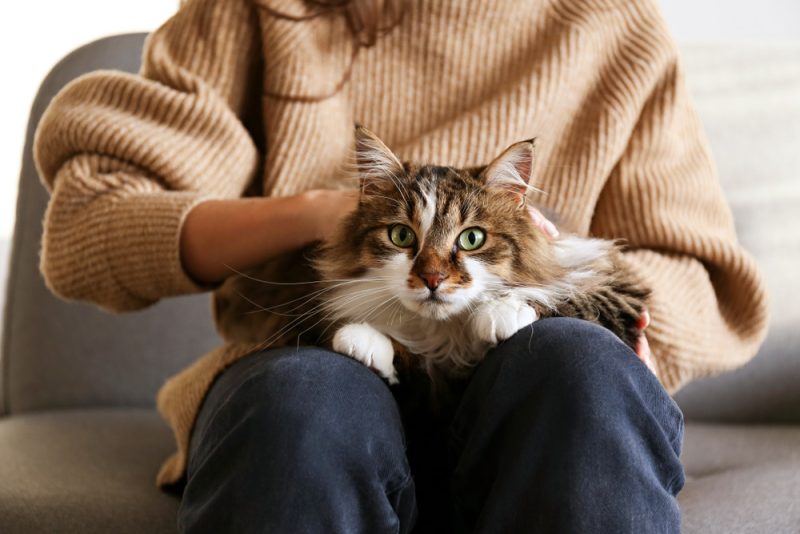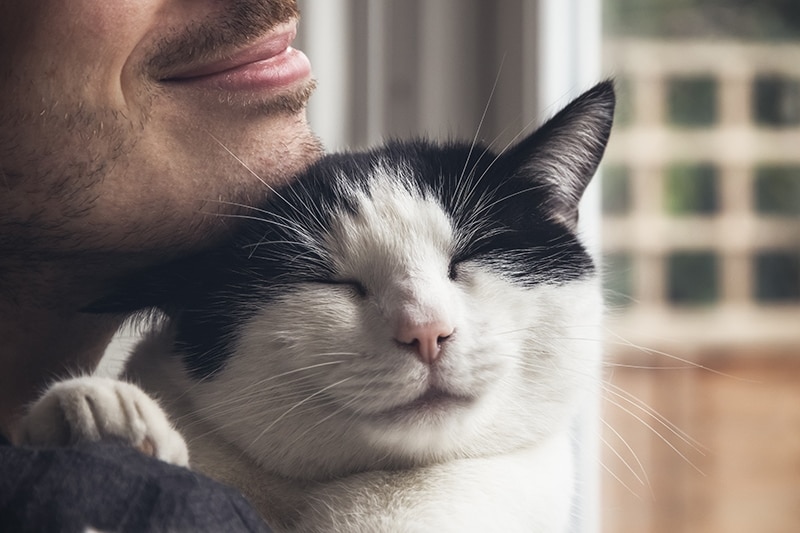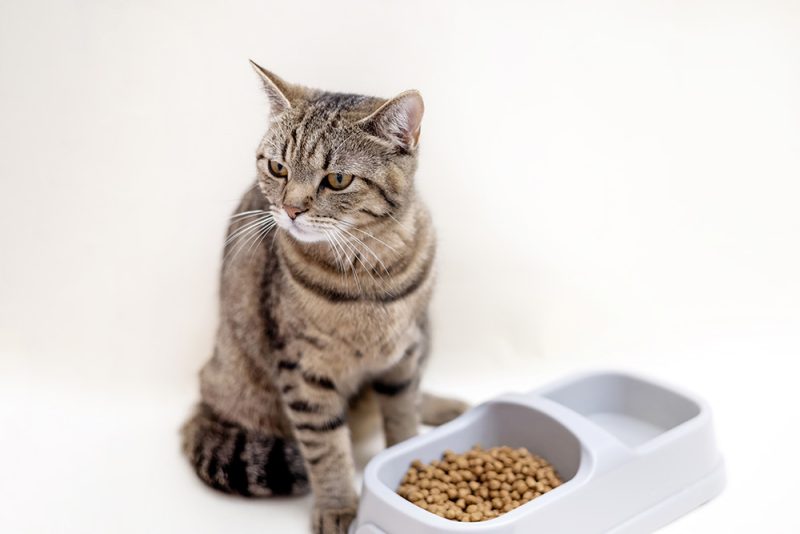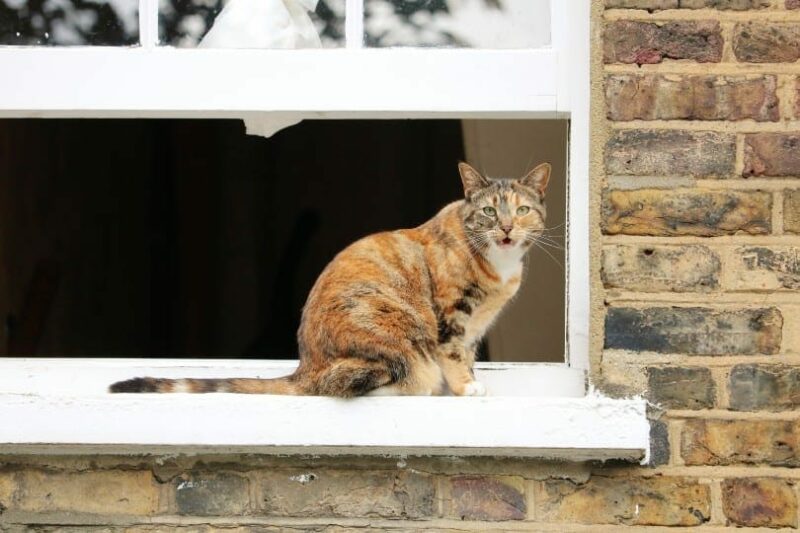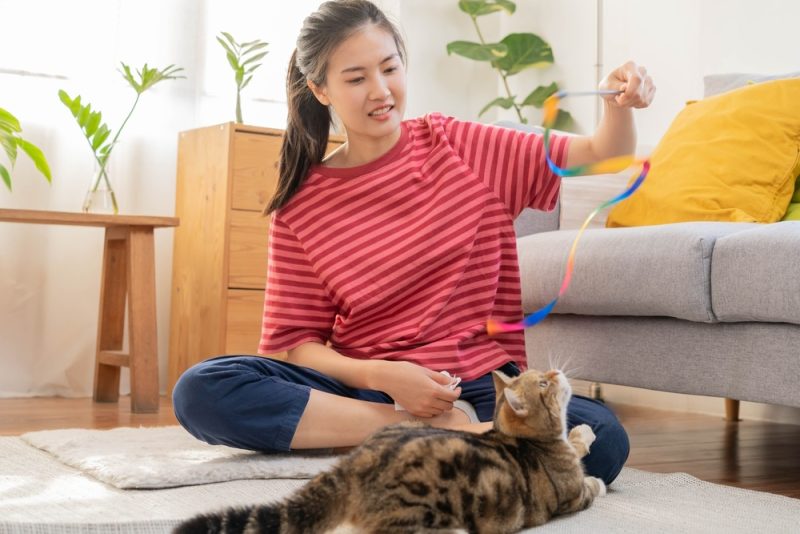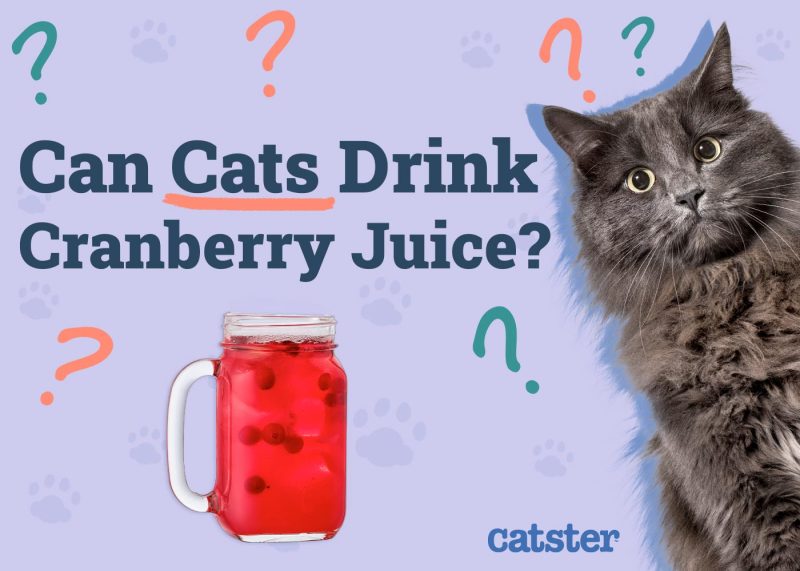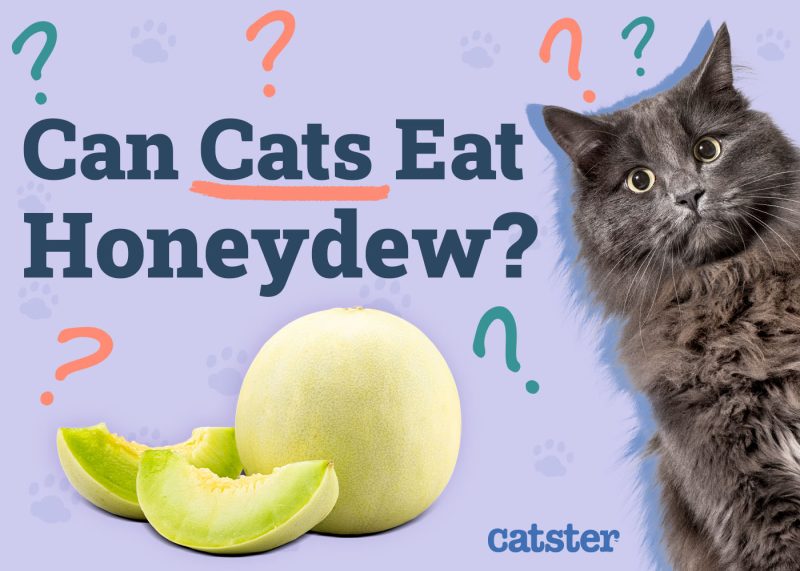In this article
Felines are quite popular in Japan, and you will find them depicted throughout Japanese pop culture, from the “Maneki Neko,” the beckoning cat, to superstitions that symbolize cats as good fortune. Cats represent many things in Japanese culture and are believed to be elegant and mysterious creatures. This started when cats were brought over from China to protect Buddhist scriptures from vermin.
The history of what has caused felines to become a significant part of the culture is fascinating, and there is no doubt that the Japanese love cats. These inspiring animals have been depicted in art, literature, and folklore.

History of Cats in Japan
Cats are believed to have originally come from China during the 6th century. Buddhist monks used them to protect the sacred Buddhist scrolls from damage caused by vermin like mice and rats when the religion was introduced into the country. Cats were then kept as pets by the Emperor, which made them become more than just protection for scrolls; they were also prized possessions. The Emperor’s cat was black and was depicted in a diary.
The first recorded name of a cat in Japan was Moyobu no Otodo, which was an aristocratic name given by Emperor Ichijo. In ancient records, the cat had a white tag and red collar and was seen playing with strings. This made cats first seem like exotic animals that were rare and precious before they were plentiful in Japan. Soon after cats were introduced into the streets, they became more common.
Cats have since inspired many legends and folklore surrounding Japanese culture and the creation of Japanese statues and cartoons. They were kept throughout Japan to protect silk farms and rice in food storage and even became popular pets. Some cats were also kept for spiritual reasons, and they became symbols of fortune and luck.

What Do Cats Symbolize in Japanese Culture?
Cats symbolize good fortune in Japan, especially the Japanese bobtail breed. Black cats were especially adored in Japan because they were believed to bring unmarried women desirable suitors. They were also thought to bring wealth, prosperity, and luck; some believed felines had protective powers.
Many cats are special in Japanese culture because of all the art, folklore, legends, and literature about them that make them not only cute and cuddly companions but also spiritual beings.

The 4 Symbolic Cats in Japanese Folklore
Most cats are portrayed as entities with supernatural powers in Japanese folklore. They are symbolic and often have a back story of why they are portrayed that way.
1. Maneki Neko
The beckoning cat, better known as the Maneki Neko in Japanese, is one of the most popular feline statues with a symbolic meaning. The Maneki Neko is believed to bring fortune and luck, and there are three folklore stories about how this cat figurine may have originated.
It is usually made from ceramic or plastic and can be seen in front of shops and houses in Japan, usually by the entrance. The original figurine was a calico Japanese bobtail cat with a raised left paw that beckoned visitors. It is used as a form of welcoming while also being considered good luck to the owner.
The most widely believed origin story of the Maneki Neko is that a feudal lord was underneath a tree when he saw a cat waving at him with their paw. He curiously approached the cat when suddenly a lightning bolt hit the tree right where he had been standing moments before.
The figurine has since been placed throughout Japan and is especially popular among small business owners. The Maneki Neko’s classic back-and-forth mechanical paw is also believed to signal when visitors are arriving since it looks like the cat is washing their face.
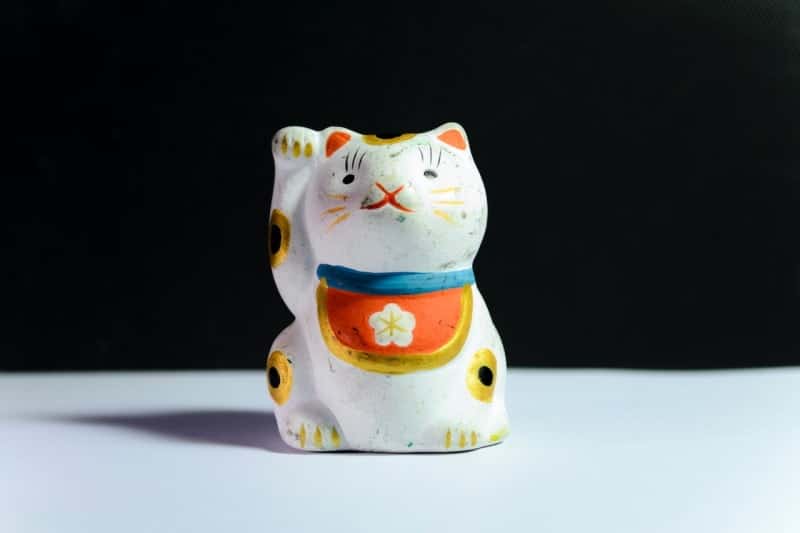
2. Bakeneko
This cat came from a story about a shape-shifting cat that started normal and later developed supernatural abilities. This change happened as the cat aged, and they were unusually large. Owners preferred their cats to have short tails in ancient Japan, much like the Japanese bobtail, and their tails were typically cut short to achieve this look. This preference led to the unintentional breeding of cats with naturally short tails.
Once they acquire their supernatural powers, the bakeneko becomes a human adult. They can walk on their hind legs and even speak, and they can summon fireballs at the ends of their tails.
When a bakeneko transforms into a woman, they are known as “Neko-Musume,” which translates to “the daughter of a cat.” This is also the popular depiction of cat girls in anime.
3. Kasha
One of the most terrifying bakeneko is the Kasha, a fiery cat that steals sinners’ corpses from graveyards and is believed to bring them to hell. Sometimes, they keep the bodies to eat or use them as puppets. This gruesome bakeneko is called Kasha because it was the original meaning of a burning chariot in Buddhist texts.
4. Nekomata
The Nekomata (forked cat) was often confused with the bakeneko, but the main difference is their double tails. Even though not all bakeneko are considered malicious to humans, the Nekomata are. When a Nekomata gains supernatural powers and begins to walk on their hind legs and talk like a human, they might run away to hide from towns deep in the mountains.
Here, they become human-eating monsters, and some tales say they learn necromancy. The Nekomata sometimes haunt their owners with visits from the dead and even summon fireballs, just like the bakeneko. However, the bakeneko doesn’t use their power to intentionally harm humans, but the Nekomata does.

The 4 Representations of Cats in Japanese Art
Cats have long been depicted in Japanese art. From watercolors to ukiyo-e prints, felines have been featured in many Japanese artworks. One was even found as a main character in one of the world’s first novels in the 11th century.
Let’s look at some Japanese artwork that features cats.
1. Beauties After a Bath — Kitagawa Utamaro
This is a picture of two young women in gowns who just got out of the hot springs baths and have a short-tailed kitten playing with the bottom of the orange gown. It was created over 200 years ago and shows the artist’s love for felines and the female form.
2. Tiresome — Tsukioka Yoshitoshi
The artwork was part of the series “Thirty-two Customs and Manners of Women” and shows the love between a woman and her cat. Yoshitoshi was considered one of the greatest ukiyo-e artists.
3. Tama the Cat — Hiroaki Takahashi
This print was created in 1926 by a Tokyo artist who produced cat portraits of a more modern ukiyo-e style. The artist’s use of shading and blending colors to create a striking white cat with a red neckpiece makes for a perfectly balanced cat picture.
4. Cat and Plum Blossoms — Hishida Shunso
Hishida Shunso produced delicate and realistic paintings using the nihonga and morotai styles. This painting shows a cat waking up or fighting the urge to sleep with soft, peachy colors. The ink-diffusion method makes the painting look realistic.

Cats in Japanese Literature
In Japanese culture, cats are the main characters in many cartoons and novels, including one by the famous Natsume Soseki. The book “I Am a Cat” was written from the perspective of a house cat critical of their owner.
Years later, Hiro Arikawa took inspiration from the novel and wrote, “The Traveling Cat Chronicles,” which is a satirical story about the adventures of a cat that travels with their owners through Japan. Even if cats are not the main characters in Japanese novels, they are featured often.
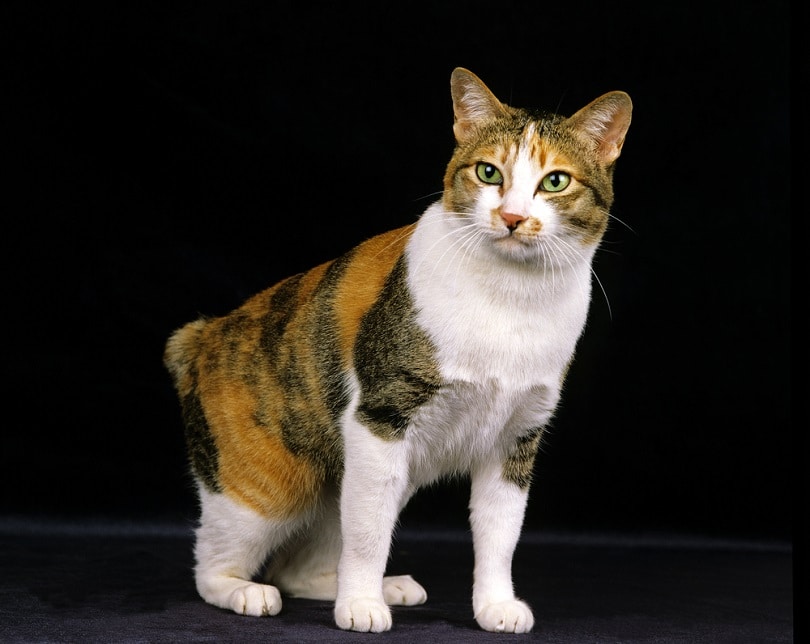

Final Thoughts
Cats are intertwined with Japanese culture and can be found in cities nationwide. In the culture, cats primarily represent luck and good fortune. They also play lead roles in novels and shows and have been depicted in artwork for decades by famous Japanese artists.
Cats are considered cute and cuddly pets, but Japan’s love of them is evident when you examine the country’s famous artwork, literature, and folklore, which makes them favorite symbolic animals in Japan.
Featured Image Credit: Pabkov, Shutterstock
